Maximum power: 440W--450W
Module conversion efficiency can reach 19.98%
Number of cells: 72cells
Photovoltaic cells can be divided into different categories according to different standards. According to the classification of crystal state, it can be divided into two categories: crystalline thin-film type and amorphous thin-film type, and the former is divided into single crystal form and polycrystalline form. According to the materials used, it can also be divided into crystalline silicon solar cells, multi-compound thin-film solar cells, polymer multilayer modified electrode solar cells, etc. At present, the most commonly used classification method is to classify battery types according to materials, which are mainly divided into two categories: crystalline silicon and thin-film batteries.
As the earliest photovoltaic cell, crystalline silicon cell is called the first-generation semiconductor cell. It is composed of glass, EVA, battery sheet, backplane and battery board. Silicon material is a semiconductor material. The principle of solar cell power generation is mainly to use the photoelectric effect of this semiconductor to form hole-electron pairs, and to form current under the action of an internal electric field. Crystalline silicon cells include monocrystalline silicon and polycrystalline silicon, of which monocrystalline silicon is currently dominant due to its efficiency advantages.
When producing crystalline silicon cells, the difference in the amount of corrosion on the surface of the silicon wafers in the texturing process will eventually lead to chromatic aberration of the cells. After the crystalline silicon cells are packaged and processed into BIPV modules, the color difference of the crystalline silicon cells will seriously affect the aesthetics of the BIPV modules. Even if cells with similar colors are packaged in the same module through sorting, the color of the cells determines that the crystalline silicon modules are mainly blue-based colors such as dark blue and light blue, which are relatively monotonous and cannot meet the diverse needs of BIPV buildings for colors. . But today's photovoltaic solar panels can have colorful colors through the development of technology.
Thin-film battery refers to a solar cell formed by depositing a thin film with a thickness of not more than 20 microns on a substrate such as glass and flexible polymers and making PN junctions in this thin film. Thin-film solar cells mainly include silicon-based thin films, copper indium gallium selenide (CIGS), cadmium telluride (CdTe), gallium arsenide (GaAs), perovskite, and organic thin-film batteries.
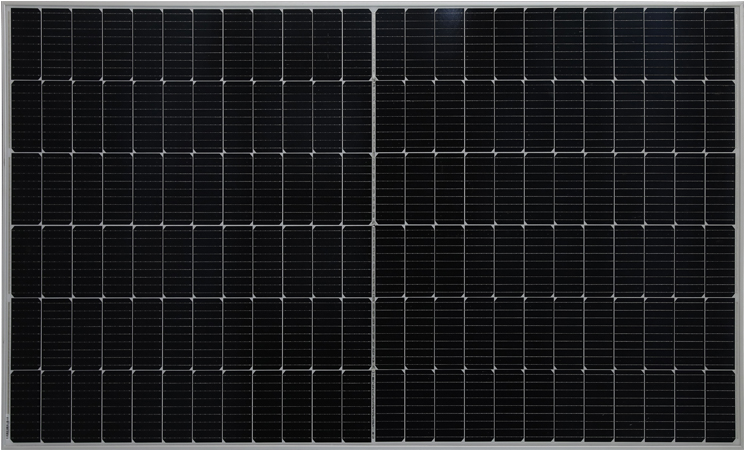
Maximum power: 440W--450W
Module conversion efficiency can reach 19.98%
Number of cells: 72cells
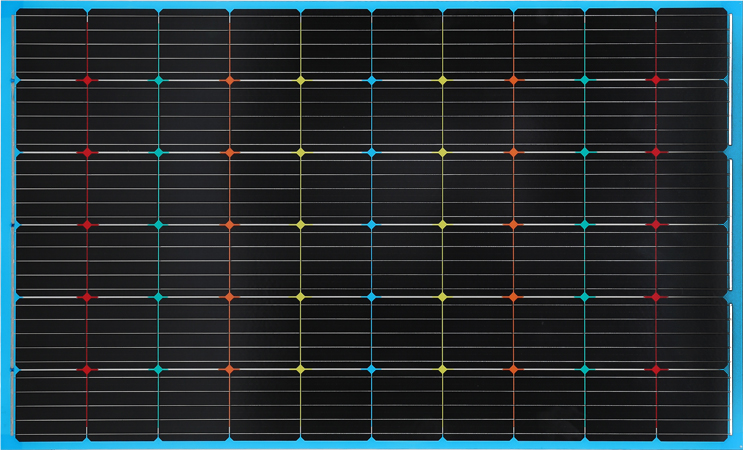
Maximum system voltage: 1500V
Maximum system current: 15-16A
Tolerance range: 0~5W

Maximum system voltage: 1500V
Maximum system current: 15-16A
Tolerance range: 0~5W

Maximum system voltage: 1500V
Maximum system current: 15-16A
Tolerance range: 0~5W
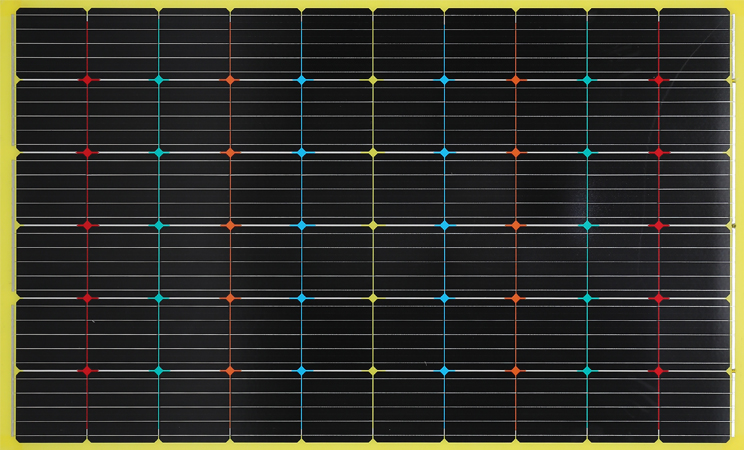
Maximum system voltage: 1500V
Maximum system current: 15-16A
Tolerance range: 0~5W
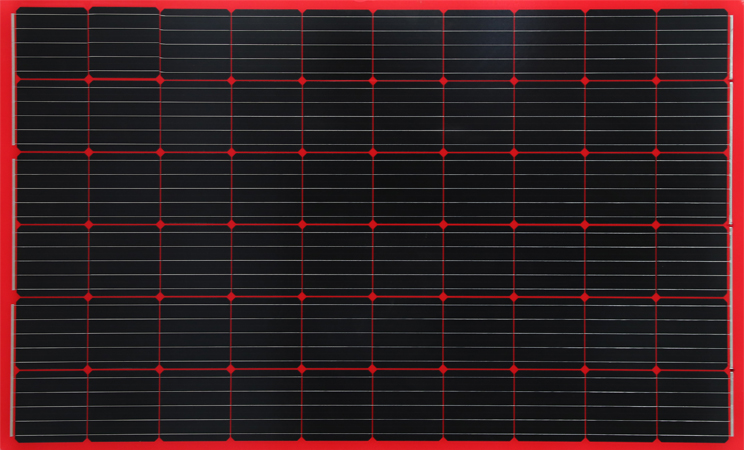
Maximum system voltage: 1500V
Maximum system current: 15-16A
Tolerance range: 0~5W
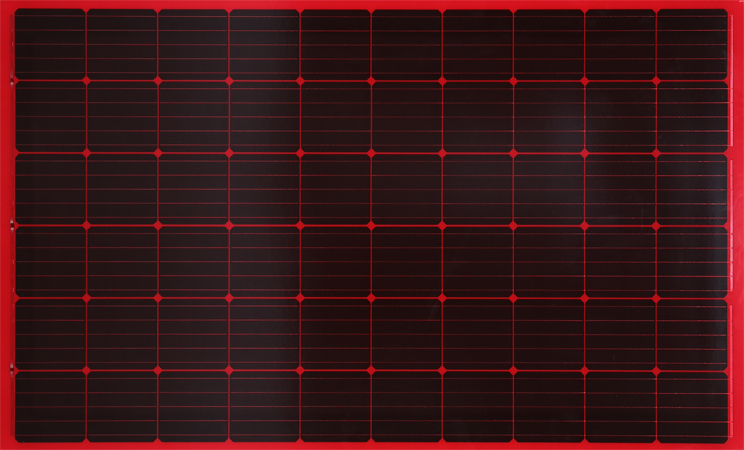
Maximum system voltage: 1500V
Maximum system current: 15-16A
Tolerance range: 0~5W

Maximum system voltage: 1500V
Maximum system current: 15-16A
Tolerance range: 0~5W